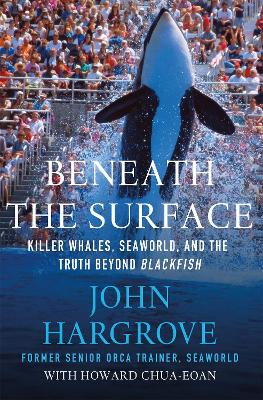
Heather
Written on Jan 22, 2017
This is a fitting analogy because eventually the author discusses it too. Seen in this light, it is impossible to justify the practice of using whales and dolphins for entertainment.
The author started as a true believer in Sea World. From the age of 6 he dedicated his life to becoming an orca trainer. He loved the whales. He believed that some of the whales cared for him too. But he came to realize that no matter how close the relationship between whale and trainer was, at the end of the day he was still their prison guard. It is only natural that an intelligent creature kept under these conditions will try to fight back.
The book opens with the detailed account of his attack by a whale. He is clear that the whale chose to let him live. His break with Sea World came after the 2009 and 2010 deaths of trainers. In each instance Sea World's public statements blamed the trainers for making mistakes. After studying the incidents it was clear to him that they did not and that Sea World was lying to hide the fact that this aggression was a result of psychological stress to the whales.
He discusses many types of aggression and health problems that result from captivity. One telling story concerns the baby whales. They swim nonstop for several months after birth. This is because in the wild orcas never stop moving. They have to learn to stop and float still in the tiny Sea World pools.
Since the animals are not able to released, he discusses options for how to care for the current whales in a more humane way.This review was originally posted on Based On A True Story
